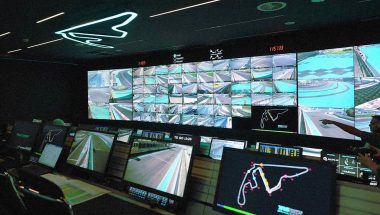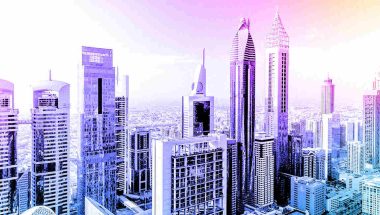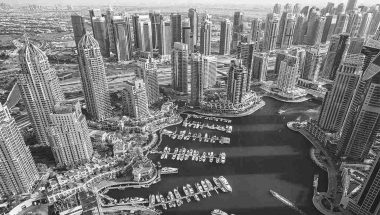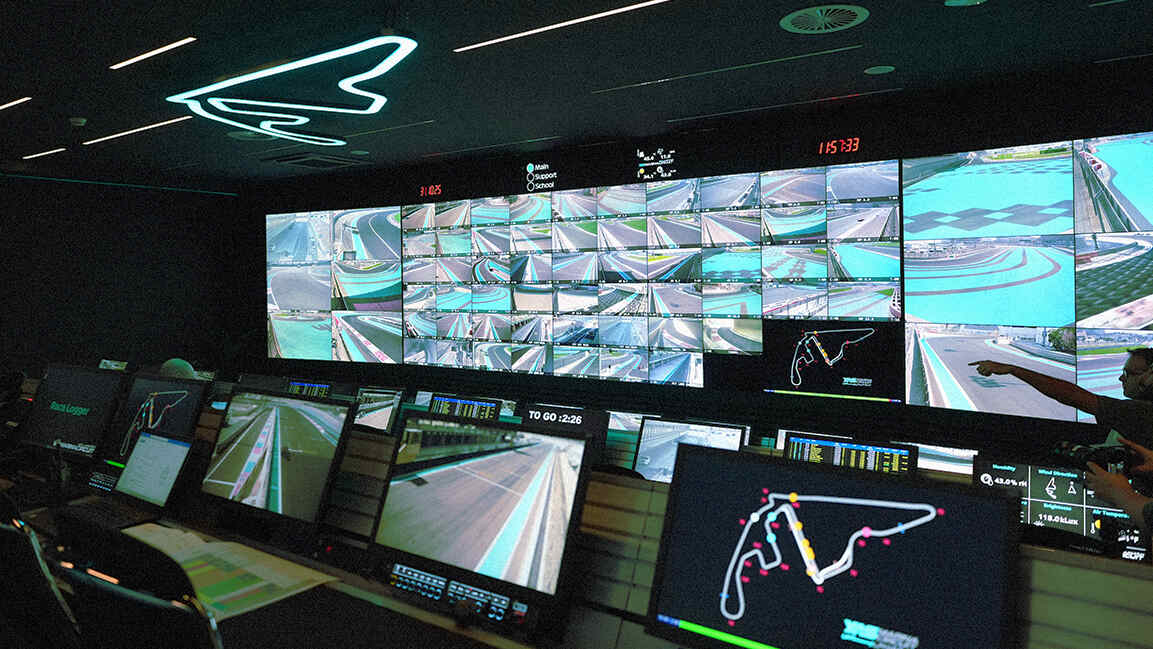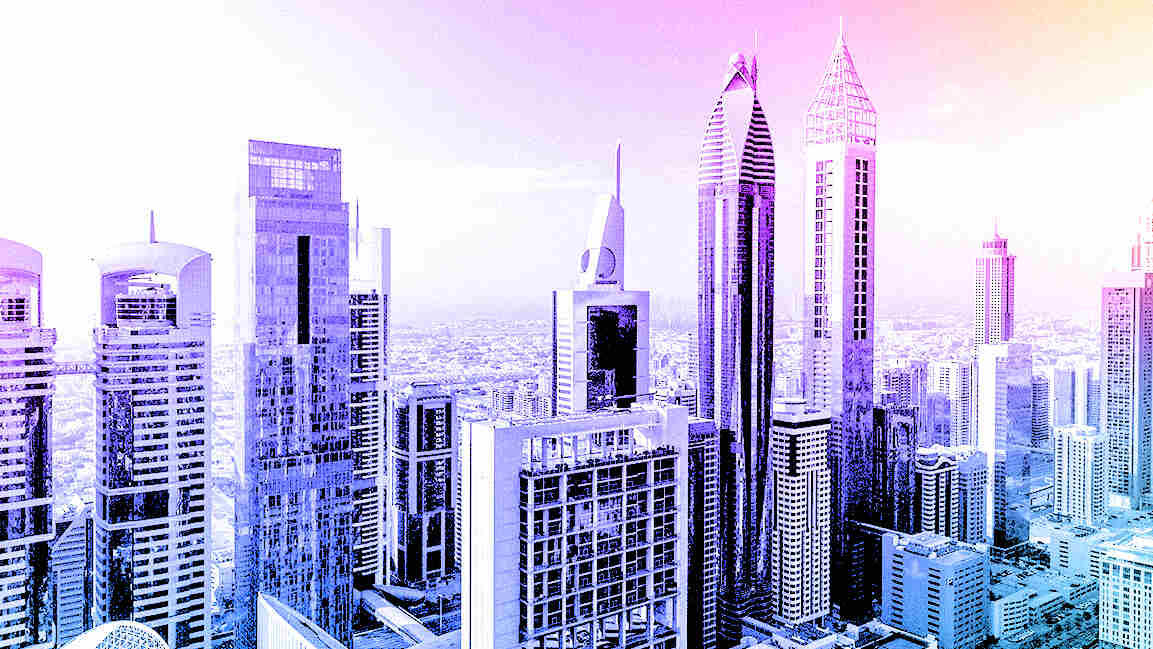- | 9:00 am
Here’s how GCC’s transportation networks are turning green
The GCC region has been leading an expansive number of initiatives and projects to upscale green public transportation systems.

Transportation plays a huge role in carbon emissions. Cars, trucks, and trains emit a billion tons of CO2 annually. With growing pressure to prioritize the environment, countries are rethinking what it means to be “green” in transportation.
Governments are exploring mobility solutions in the Middle East with sustainability at their core. With a notable increase in the adoption of electric vehicles along metro and rail networks and micro-mobility expansion for last-mile journeys, the region has shown immense promise for greener public transportation systems.
The implementation of self-driving taxis is a prime example, promising significant reductions in environmental impact and improvement in road safety levels.
Dubai’s Roads and Transport Authority committed to deploying 30 electric buses as a significant step towards a zero-emission public transport strategy. At the same time, Qatar’s successful electrification of 25% of its public transit bus fleet sets an important precedent in the region, showcasing proactive measures towards eco-friendly transportation solutions.
Similarly, Saudi Arabia’s integration of EVs into public transportation systems, with plans to electrify 25% of its public bus fleet by 2025, demonstrates a commitment to offering greener fleets.
The Etihad Rail, a 900 km railway infrastructure project built in the UAE and running to the borders of Saudi Arabia and Oman, also contributes to the country’s net zero by 2050 goals by aiming to reduce carbon emissions in the road transport sector by 21% by 2050. Each train trip will work to replace up to 300 trucks off the road.
Sami Amin, Senior Director of Operations at Careem Bike, which has helped mitigate over 4,000 tonnes of C02 across UAE and Saudi Arabia since launching in 2020, says that public transportation has a huge impact on the environment due to its scale. However, there are cost-effective tools for addressing today’s climate and development challenges.
“By integrating bike-sharing into cities, we make public transportation more accessible, creating a more active and livable urban environment, thereby reducing carbon emissions, improving air quality, and leading to healthier living conditions,” says Amin.
SUSTAINABLE TRANSPORTATION FOR ALL
Governments across the region are investing in advanced sustainable infrastructure and are well-placed to trial green public transportation models and technologies. According to experts, despite the integration of electric buses and active and seamless multimodal systems being built across the GCC, it is about more than just the technology being used but about providing a sustainable solution for all.
“Green public transportation should support the needs of all, whether they walk, bike, take the bus, or drive. Multimodal systems provide people with more connections and sustainable choices because various eco-friendly options, including bike-sharing, are integrated. Almost half of our customers use the bikes for their daily commutes,” adds Amin.
On the social end, implementing green public transportation promotes equity by providing reliable and affordable transit options and enhancing access for all population segments. Additionally, it improves urban livability by reducing noise pollution and traffic congestion, making cities more attractive and sustainable.
“Vehicles idling in traffic daily waste a significant amount of fuel, as does the constant start-stop nature of urban traffic, further increasing pollution. By reducing these inefficiencies, green public transportation substantially positively impacts the environment and economy,” says Alaa El-Huni, Chief Business Officer at CAFU, a fuel delivery and vehicle service platform.
He adds that while sustainability provides major benefits in public transportation, improving air quality in towns and cities, it also has an economic plus. Green public transportation lowers operational costs in the long run by reducing dependency on fossil fuels, as well as stimulating job creation and economic growth through investments in new technologies.
THINKING AHEAD
With the EV market expected to surge from $2.7 billion in 2023 to $7.65 billion by 2028, sustainable mobility is here to stay. Huni underscores the significance of this push, stating that it will drive regional and global business strategies and initiatives.
The future of green public transportation in the region will be defined by the widespread adoption of EVs and innovative mobility solutions, as well as synthetic fuels and perhaps even hydrogen.
The region expects more mobile and modular charging/filling infrastructure to support the ongoing trend towards achieving low-emission or zero-emission mobility.
Furthermore, technological advancements, such as autonomous vehicles and smart transportation systems, will also revolutionize how people commute and travel within cities.
However, the road to sustainable and clean mobility cannot be navigated in silo. “Collaboration between governments, the private sector, and relevant scale-ups such as ours is crucial to drive systemic change,” says Huni.









